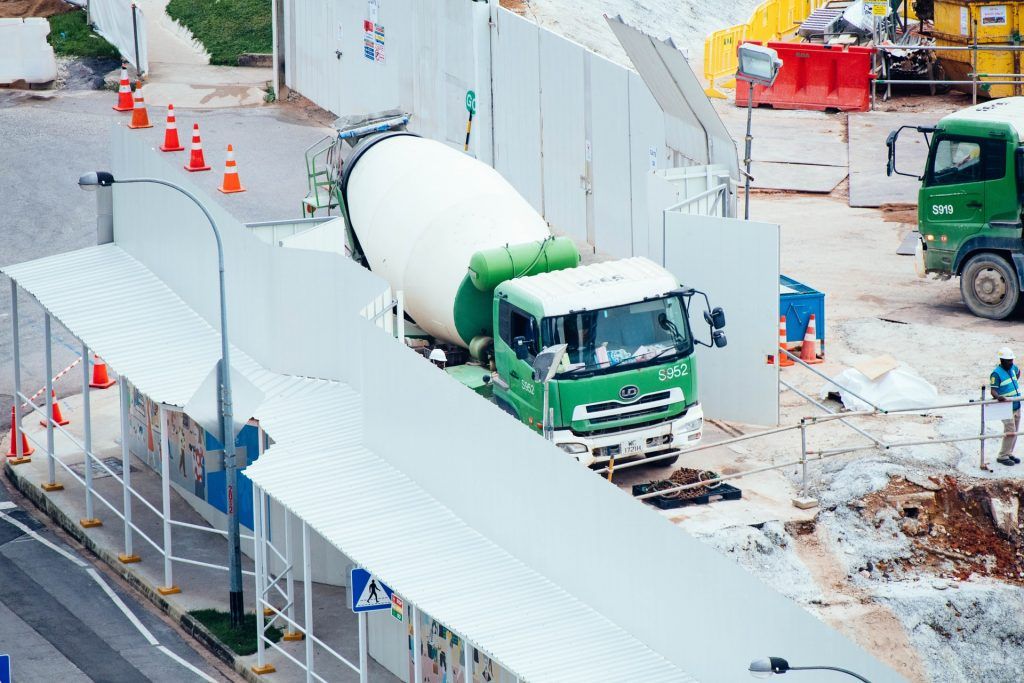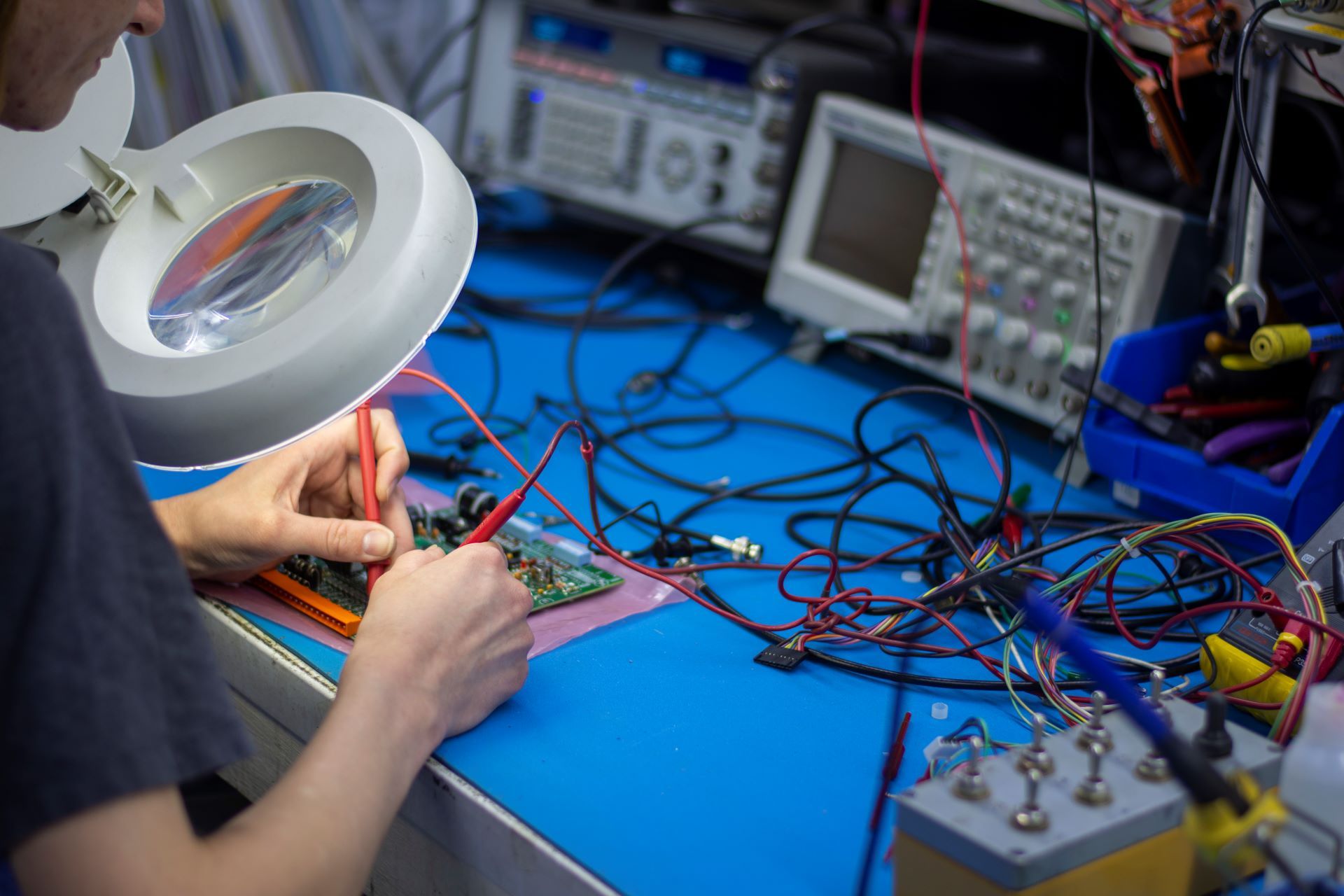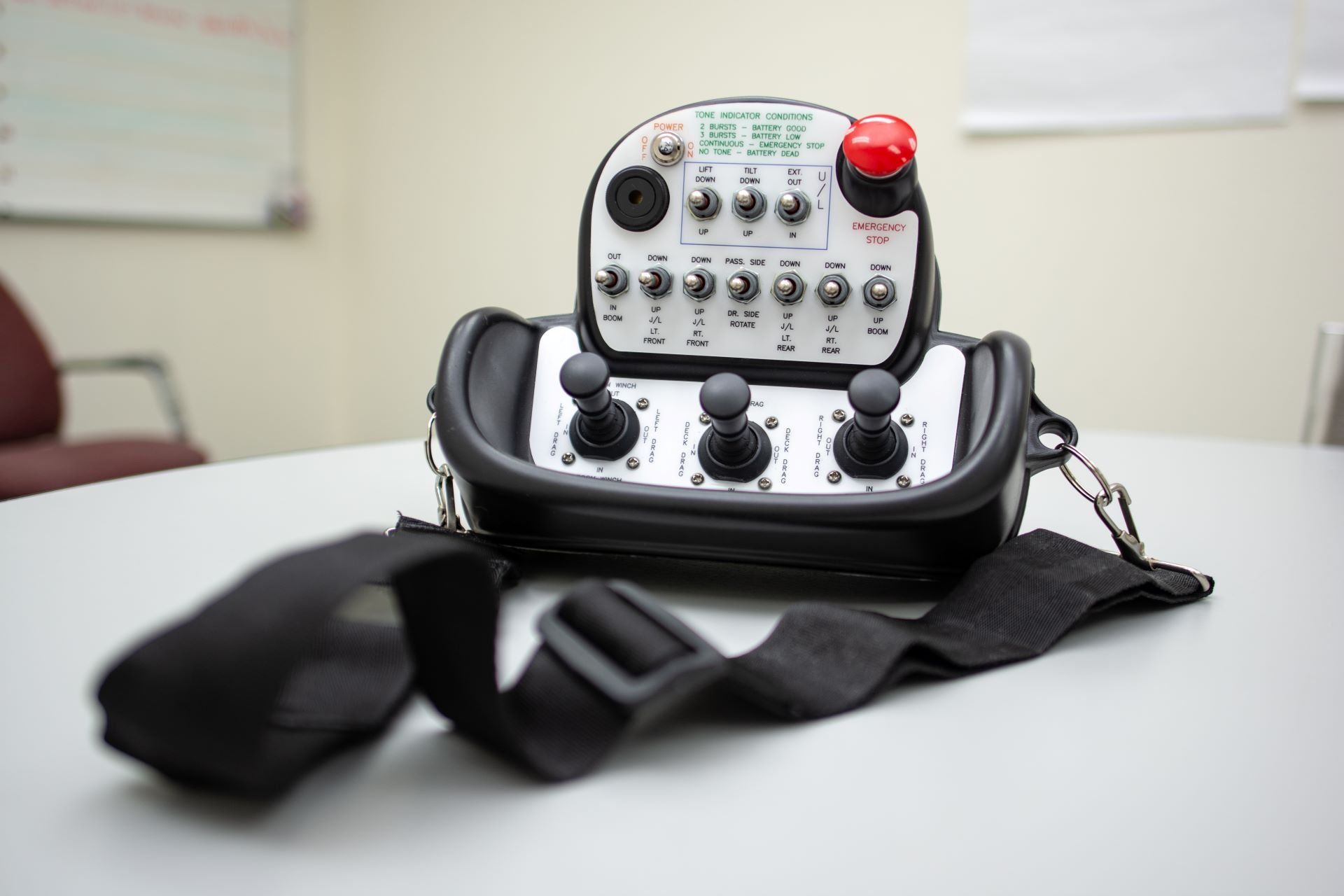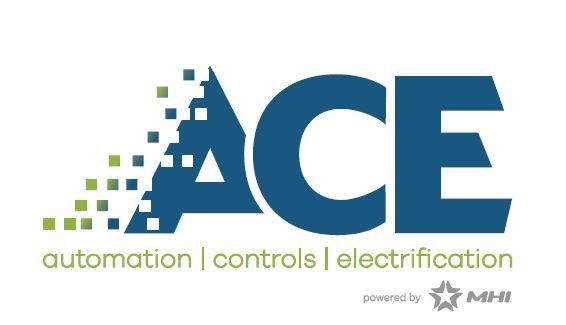Wireless Remote Controls Make Concrete Pumps Safer and More Efficient
Who would say no to making their cement pump job safer and more efficient? No one would, right? What manager would say no to a more cost-effective way of cement pumping? Again, the answer is none.
The use of a wireless remote control on a cement pump, that can work up to 1000 ft., would contribute to all of those things. Let’s take a look at how a wireless remote can help increase safety, increase efficiency, and increase cost savings
Increased Safety
The most important reason to operate concrete pumps by wireless remote is safety. According to the Occupational Safety and Health Administration (OSHA) , there were 14 cement pump accidents in the last five years.
Out of those accidents, there were deaths and injuries from hoses that whip or collapsing trucks that caused employees to be struck by the boom. The wireless remote control would allow employees to stand clear of these dangerous situations.
One accident occurred while “Employee #1” was cleaning out the concrete pump truck. Here’s what happened:
“At 2:21 p.m. on May 5, 2017, Employee #1, employed by a concrete pumping equipment rental company, began to perform a washout on the concrete pump truck, regular procedure operators perform after every delivery. This procedure requires that the motor be running to operate the pump system. Employee #1 had the truck’s engine on and idling. As EE1 was rinsing the equipment, he pulled on the water hose. The hose pressed on the control levers on the side of the equipment, causing the auger to engage and start rotating. A cutout switch that would have shut off the power was missing parts, including its guard, and did not work properly. Employee #1’s right foot was caught in the rotating paddles of the auger”.
Now, had this employee had a wireless remote control with him as a secondary way to shut down the auger when the cutout switch failed, he would not have suffered a fractured ankle and the need for surgery.

Increased Efficiency
Automation equals efficiency and there’s no other way around that. With a wireless remote, all buttons at your fingertips, contribute to greater efficiency.
An example of the kind of efficiency a wireless remote control could provide is that you can observe the cement being poured while you have the wireless remote in hand.
If you see that there is a problem with the pouring, you can, immediately, shut down the process. If you didn’t have the remote, you would have to run back to the pump, which could be several feet away, and shut the process down manually. By that time, the problem has continued, causing more trouble to deal with.
Another efficiency factor that a wireless remote contributes to is the ability to stand in one place to operate all controls. No running over here to press that, or running over there to pull that lever, saving time and money.
Increased Cost Savings
Because a wireless remote control can manage multiple devices with a single controller, this helps with cost-effectiveness in two ways.
- Efficiency
- Labor
As was described above, when fewer hours are spent on unproductive actions, the more cost-effective the operation is. So, because there is no running from device to device for operation, this subtracts unnecessary action from the equation, subtracting time and cost as well.
Also, because the wireless remote allows you to be in two places at once, for example, at the controls while observing the cement pour, the operation is not as labor-intensive and fewer employees are needed to do the job.
Excessive labor isn’t needed to operate multiple devices either. With wireless remote control, it only takes one.
Contact us on how our manufactured remote controls can help you increase safety, efficiency, and cost-effectiveness.
Contact Us
Recent Microtronics Blog Posts
PROUDLY MADE IN U.S.A.
Microtronics, LLC. is a manufacturing company located in Iola, Kansas that
specializes in producing wireless devices to control virtually anything electrical or
hydraulically operated. We have been an industry leader since 1991.
MICROTRONICS, LLC
2270 US HIGHWAY 54
IOLA, KS 66749
PHONE: (620) 299-2903

MICROTRONICS CONTROLS, LLC
© Copyright 2024 Microtronics, LLC. All Rights Reserved | Web design by Tekkii








